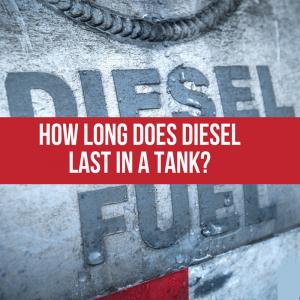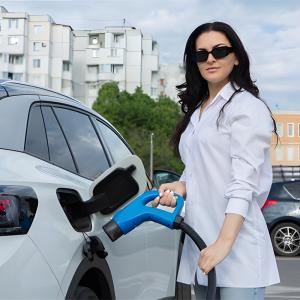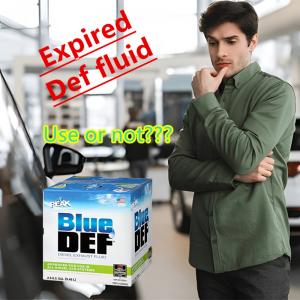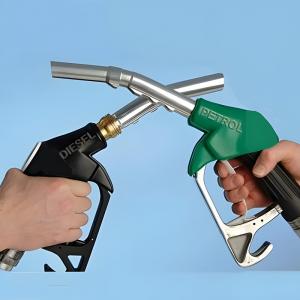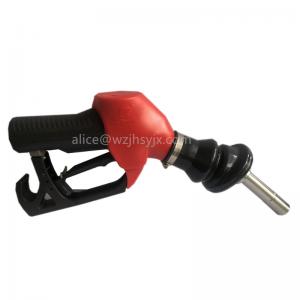Why Should a Boat Gas Tank Never Be Completely Filled?
The Dangers of Overfilling a Boat's Fuel Tank
Boating offers a unique sense of freedom and adventure, but it comes with a significant responsibility for safety and environmental stewardship. A fundamental aspect of this is proper fuel management. While it might seem logical to fill your marine petrol tanks to the brim to maximize your range, doing so is a dangerous and costly mistake. This article will explain in detail why a boat's fuel tank should never be filled completely, exploring the science behind the risks, the potential consequences, and the best practices for safe refueling.
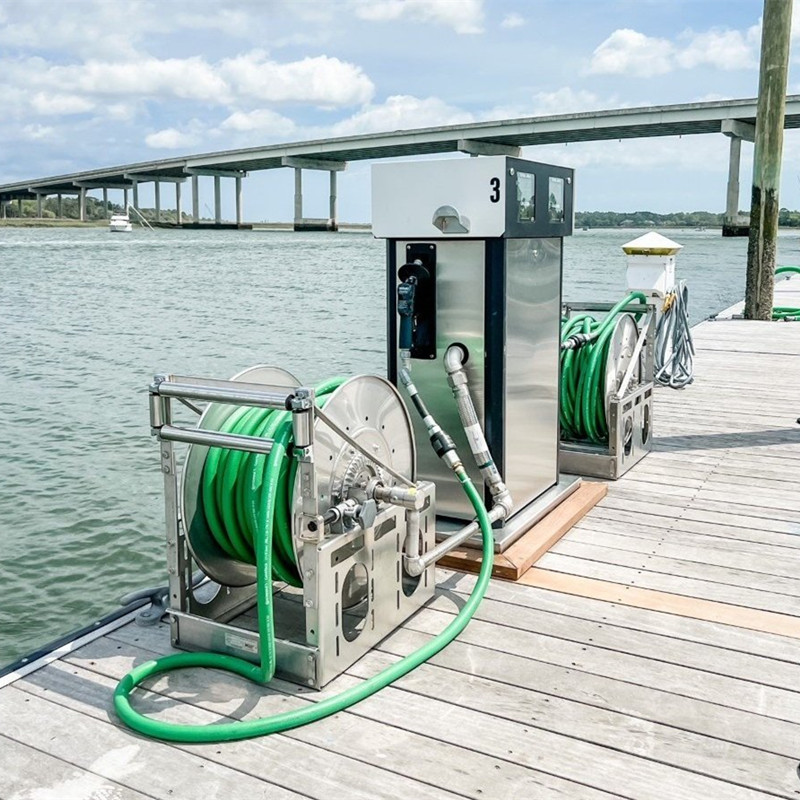
The Science: Thermal Expansion is the Main Enemy
The primary reason for not overfilling a boat's fuel tank is a simple scientific principle: thermal expansion. All liquids, including gasoline and diesel, expand when they heat up. The sun beating down on a boat's deck and hull, especially in the enclosed space of a boat, can significantly raise the temperature of the fuel inside the tank.
Gasoline, in particular, has a relatively high coefficient of thermal expansion. For every degree of temperature increase, its volume expands. If a tank is filled completely in the cool morning, by the time the midday sun heats it up, the expanding fuel has nowhere to go. This creates immense pressure inside the tank, and a simple truth of physics states that this pressure must be released.
For diesel, the principle is the same, though the expansion rate is slightly lower. Still, a Diesel Fuel Tank is not immune to the dangers of overfilling. While diesel is less volatile than gasoline, the pressure buildup and potential for spillage remain a serious concern. This rule universally applies to all marine fuels.
The Risks of Overfilling: A Cascade of Dangers
The pressure created by thermal expansion can lead to a cascade of dangerous events, each more serious than the last.

1. Leaks and Spills
The most immediate and common consequence of overfilling is a fuel spill. As the pressure builds, fuel will be forced out of the weakest points of the system. This could be a poorly sealed vent line, a loose connection in the boat fuel hose, or the overflow valve designed to prevent this exact situation. A spill is not just a nuisance; it's a grave danger.
Fuel spilled on the deck or, worse, into the bilge, can quickly become a fire hazard. Gasoline vapors are heavier than air and will sink, accumulating in the lowest parts of the boat. A single spark from a running engine, an electrical short, or even a static discharge can be enough to trigger a catastrophic explosion. This is a primary reason why following safe refueling practices for boats is not just a recommendation but a necessity.
2. Environmental Pollution
Even small fuel spills have a devastating impact on the environment. The U.S. Environmental Protection Agency (EPA) estimates that millions of gallons of petroleum are spilled into U.S. waters each year, and a significant portion of this comes from small recreational boats. A sheen on the water from a fuel spill is a clear sign of pollution that can harm marine life, contaminate habitats, and pose a threat to other boaters. The financial and legal penalties for such spills can be severe, often far outweighing the cost of the fuel that was lost.
3. Equipment Damage
The relentless pressure from an overfilled tank can damage the very equipment designed to handle the fuel. It can strain the seams of the tank itself, compromise the integrity of the boat fuel hose, and place undue stress on all the fittings and connections. Over time, this can lead to weakened components that are more susceptible to failure, even during normal operation. Regularly inspecting all Liquid Handling Equipment on your boat, from the hoses to the tanks, is crucial for long-term safety.
The Golden Rule: The 90% Fill Mark
To prevent these dangers, the boating industry has established a simple but effective rule: never fill your fuel tank more than 90% of its capacity. This "10% rule" provides a crucial buffer zone for fuel to expand without causing dangerous pressure buildup or spillage. Most systems with a fuel storage tanks with pump are designed with this in mind, and the fuel vent lines are intended to handle minor overfills, but this should not be relied upon as a primary safety measure.
How to Refuel Safely: A Step-by-Step Guide
-
Know Your Tank: Understand the exact capacity of your marine petrol tanks. Don't rely on the fuel gauge alone; use a fuel Flow meter or a sight gauge to get a precise reading.
-
Fill Slowly: Use a gentle, controlled flow rate when refueling. This minimizes foaming and reduces the chance of accidental spillage.
-
Listen and Watch: As you refuel, listen for changes in the sound of the fuel entering the tank and keep a close eye on your gauge. Many boats have a sight gauge or a simple float that pops up when the tank is nearing full.
-
Stop Early: When the tank is at or near the 90% mark, stop the flow. It’s better to make an extra stop for fuel later than to risk a fire or environmental contamination.
-
Check for Leaks: After refueling, do a visual inspection of your entire fuel system, including the boat fuel hose and all connections, to ensure there are no leaks. Check the bilge for any signs of fuel or fuel vapors before starting the engine.
Conclusion
The allure of a full fuel tank is understandable, but for boaters, it’s a dangerous illusion. Overfilling a marine petrol tank is a direct invitation for thermal expansion to wreak havoc, potentially leading to leaks, fire hazards, and environmental damage. By understanding the risks and adhering to the simple yet critical practice of leaving a 10% safety margin, boaters can ensure a safer, cleaner, and more enjoyable experience on the water. The choice of the right Liquid Handling Equipment, from a marina's reliable fuel storage tanks with pump to the durable boat fuel hose on board, is part of a larger commitment to safe operation. But ultimately, the most important safety tool is the boater’s own discipline and awareness during the refueling process.
